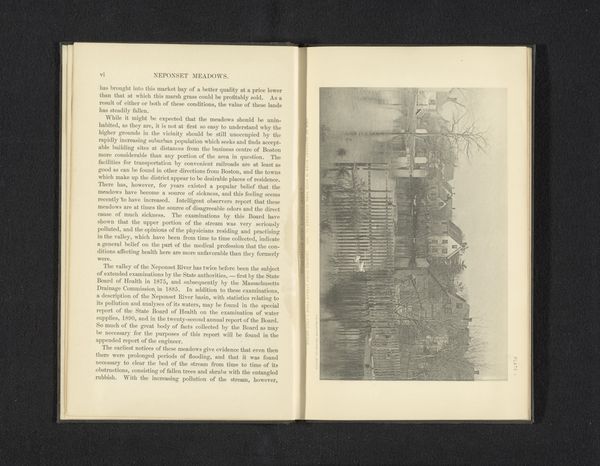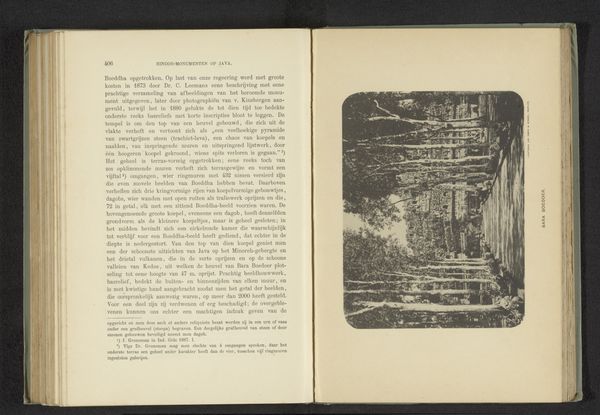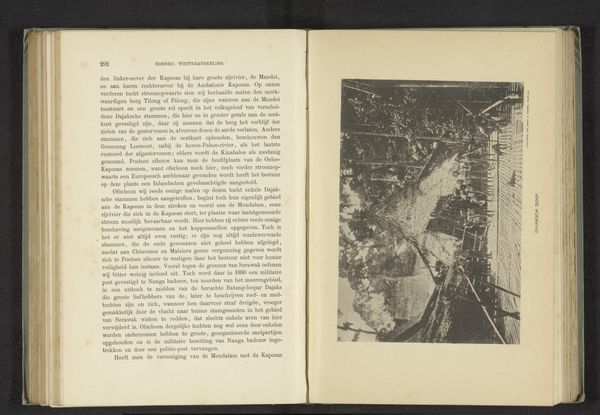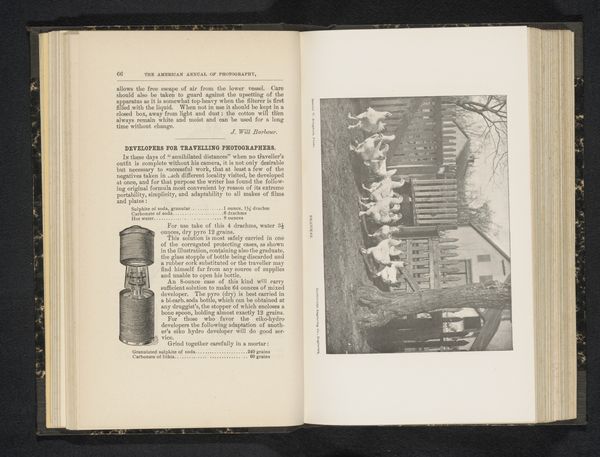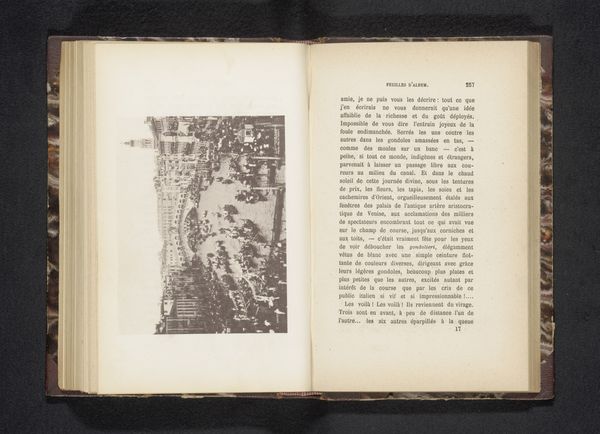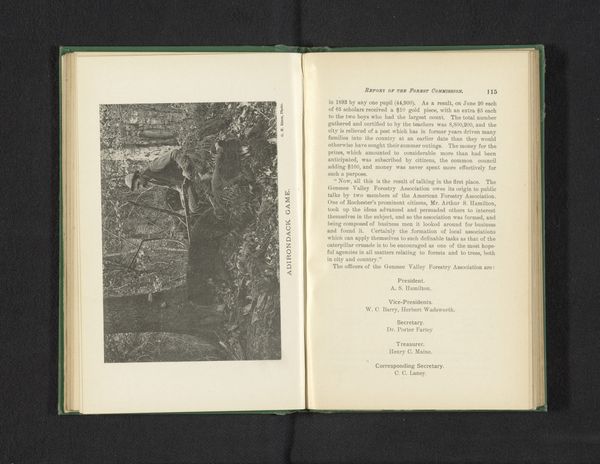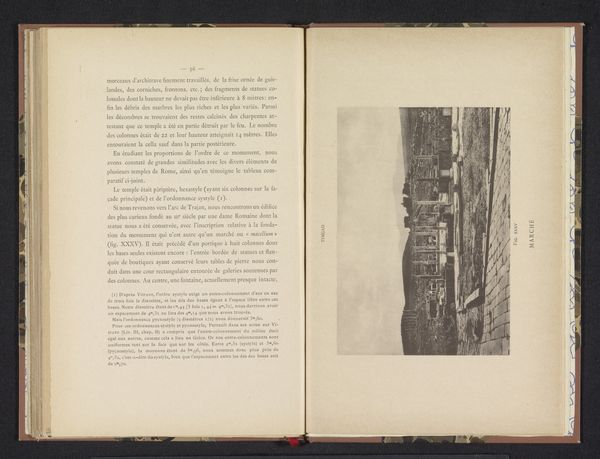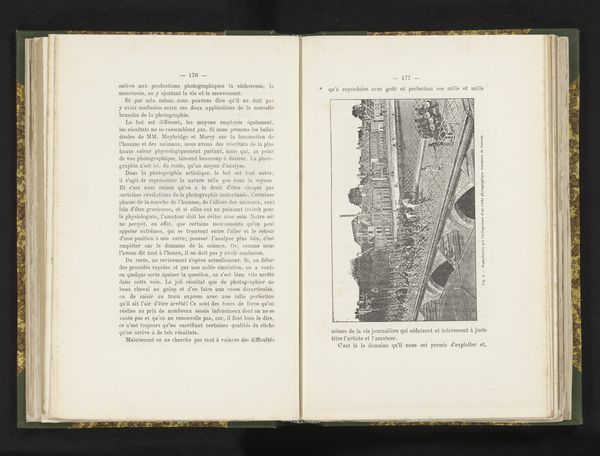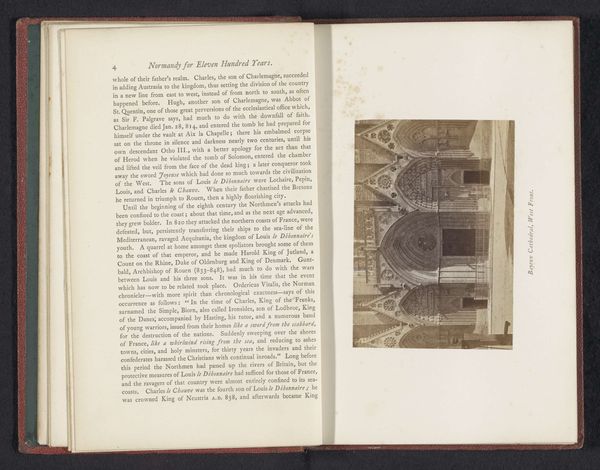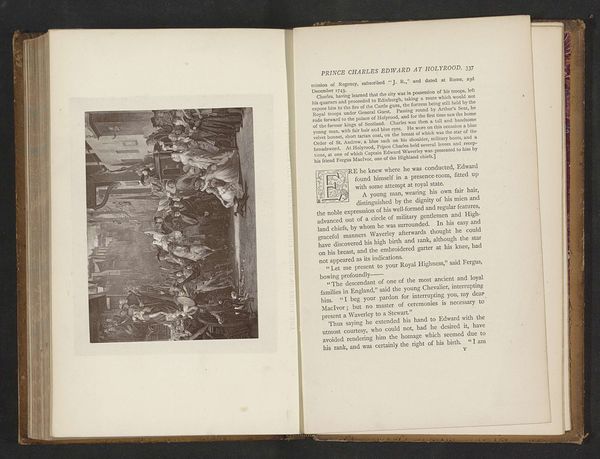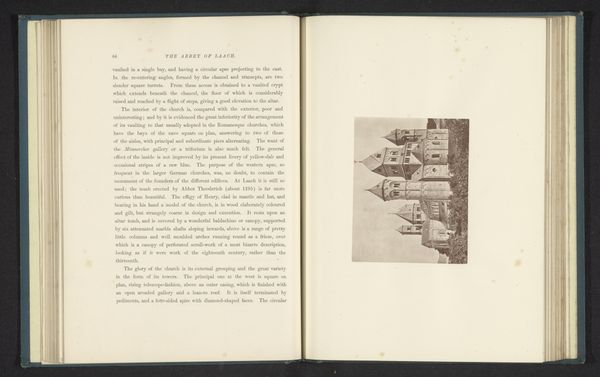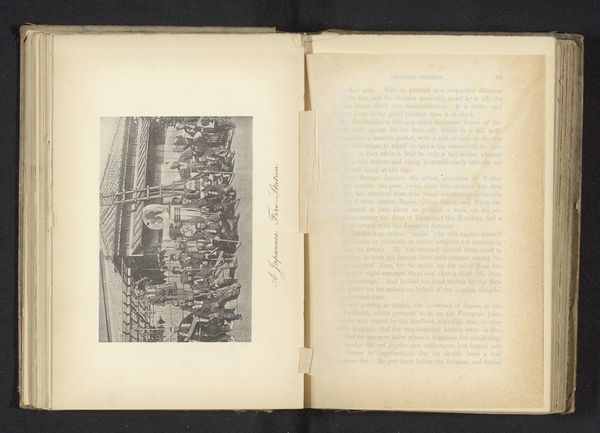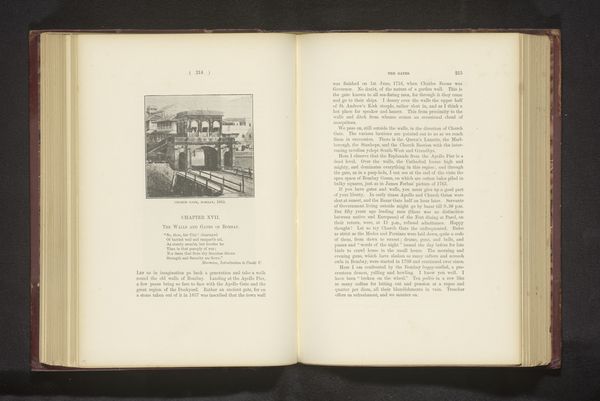
photography, gelatin-silver-print
#
landscape
#
photography
#
gelatin-silver-print
#
realism
#
building
Dimensions: height 112 mm, width 165 mm
Copyright: Rijks Museum: Open Domain
Curator: Take a look at "Lumber Camp," a gelatin-silver print by G.H. Rison from 1894. What springs to mind? Editor: Bleak, to be honest. A real portrait of industry grinding away in the face of raw nature. The grays are so somber. It almost romanticizes the hardship. Curator: The photograph captures a scene with a log cabin as the backdrop for several lumbermen posed stiffly. Rison, as a photographer, documents this industrial reality with sharp clarity. It’s a moment frozen in time. But I agree, the dark tones add a layer of seriousness. Editor: You said documentation—was Rison aiming for pure representation, or was there a particular perspective he wanted to convey? The stark composition and stoic figures speak volumes about labor and resource extraction during that era. Is this more than just a snapshot? Curator: Absolutely. Think about the context of the late 19th century. America was industrializing rapidly, transforming landscapes in the process. Rison isn't just showing us a lumber camp, he’s also presenting an image that reflects the ethos of resourcefulness and expansion—even at nature’s expense. Editor: I see what you mean. The image definitely echoes ideas about manifest destiny and industrial progress, which I can't ignore. These men are at work on what they likely see as their natural inheritance. Do we know how Rison’s work was received back then? Curator: His images, especially those documenting rural and industrial scenes, would have been seen as both informative and celebratory. Photography at that time held immense power in shaping perceptions, legitimizing the narrative of progress and expansion. There's both nostalgia and a cold kind of reality present. Editor: Right, these photographs are never neutral; they come pre-packaged with historical viewpoints. Today, as we grapple with environmental challenges and our own relationship with nature, the photo compels us to ask tougher questions. I find myself wondering, did Rison romanticize the logging, or show the bare truth, or both at once? Curator: Exactly, and isn’t that tension compelling? Rison gives us a portal into the past, triggering contemplation about our present, while never letting us forget the sheer labor embedded in those lumber operations. Editor: It certainly gives us something to consider and debate about progress. It almost asks the question “At what cost?” Curator: I'll be thinking about it for some time to come, I think.
Comments
No comments
Be the first to comment and join the conversation on the ultimate creative platform.
